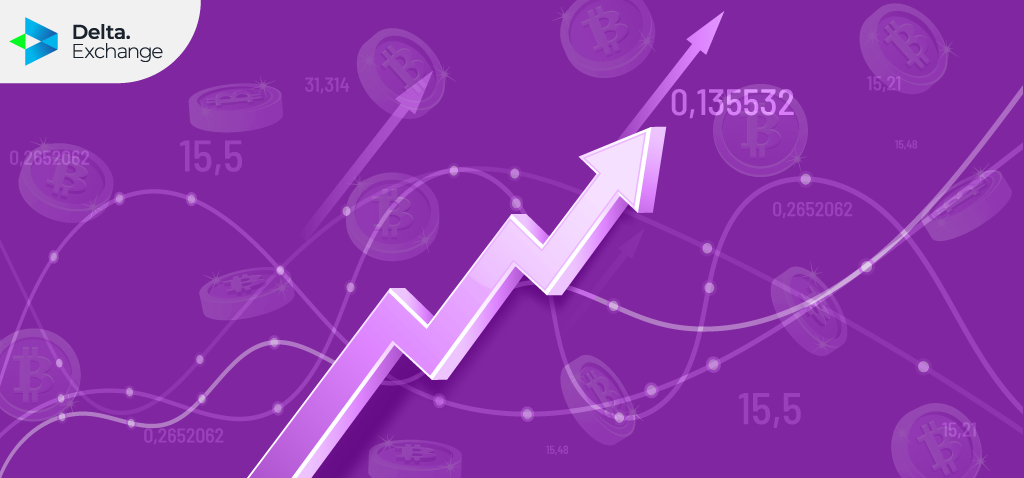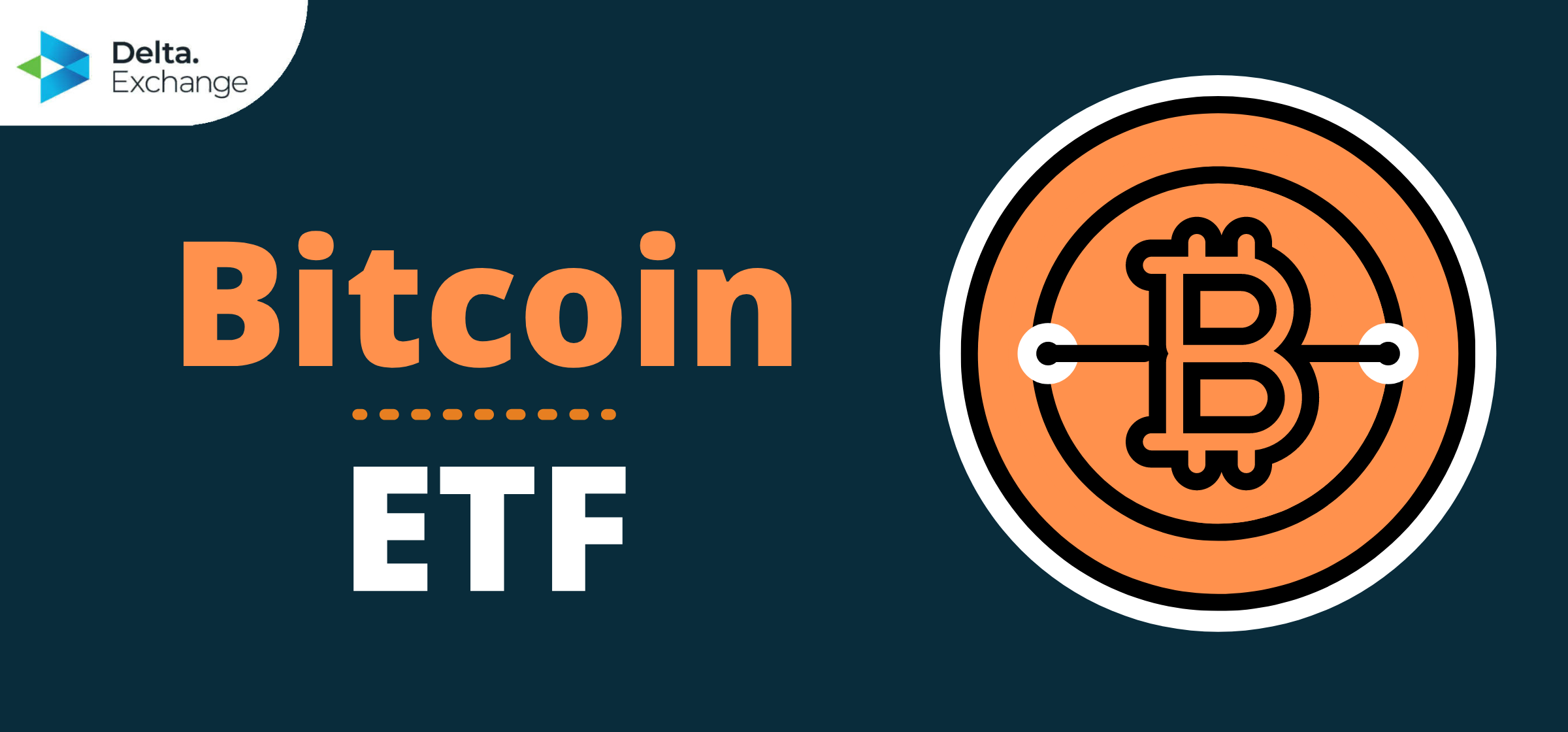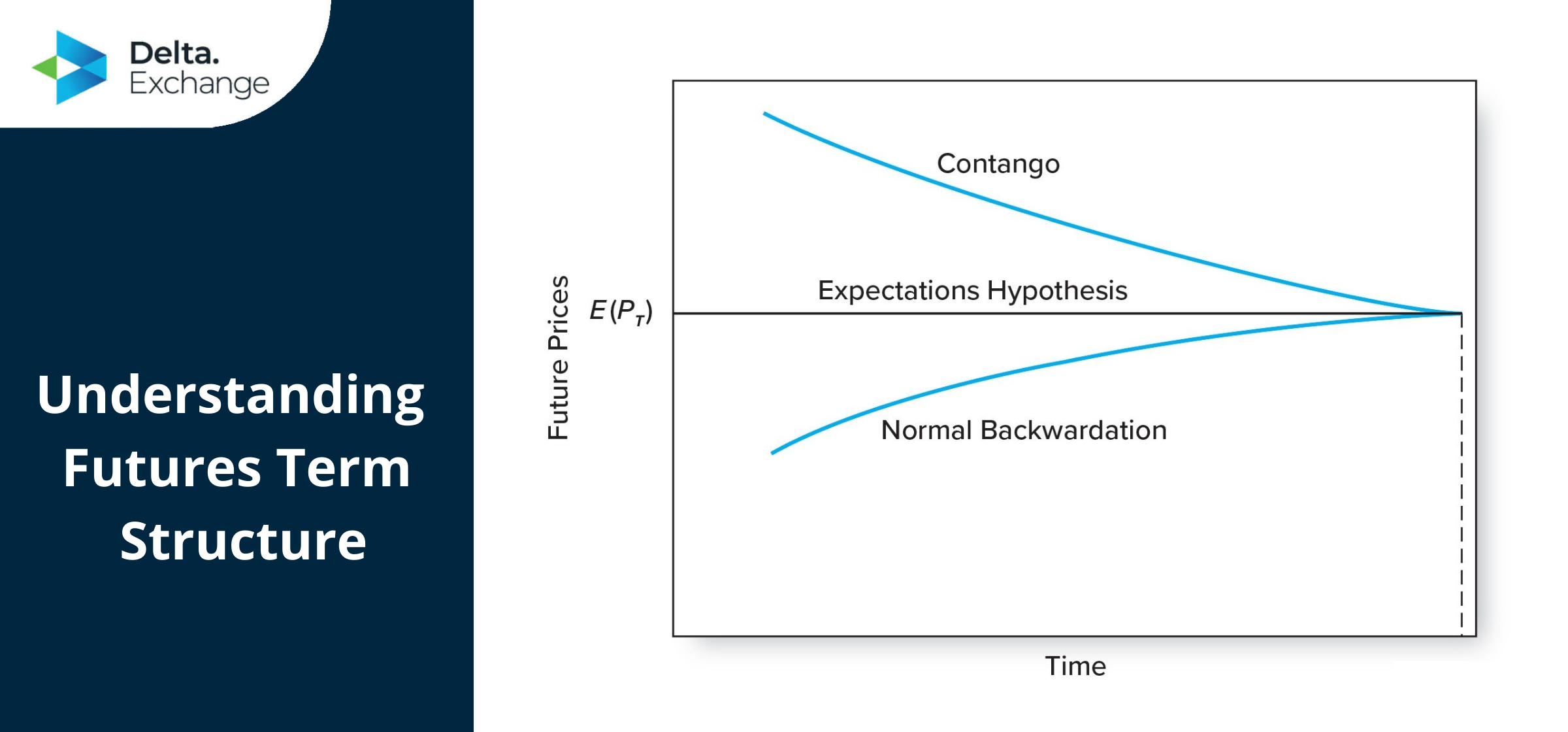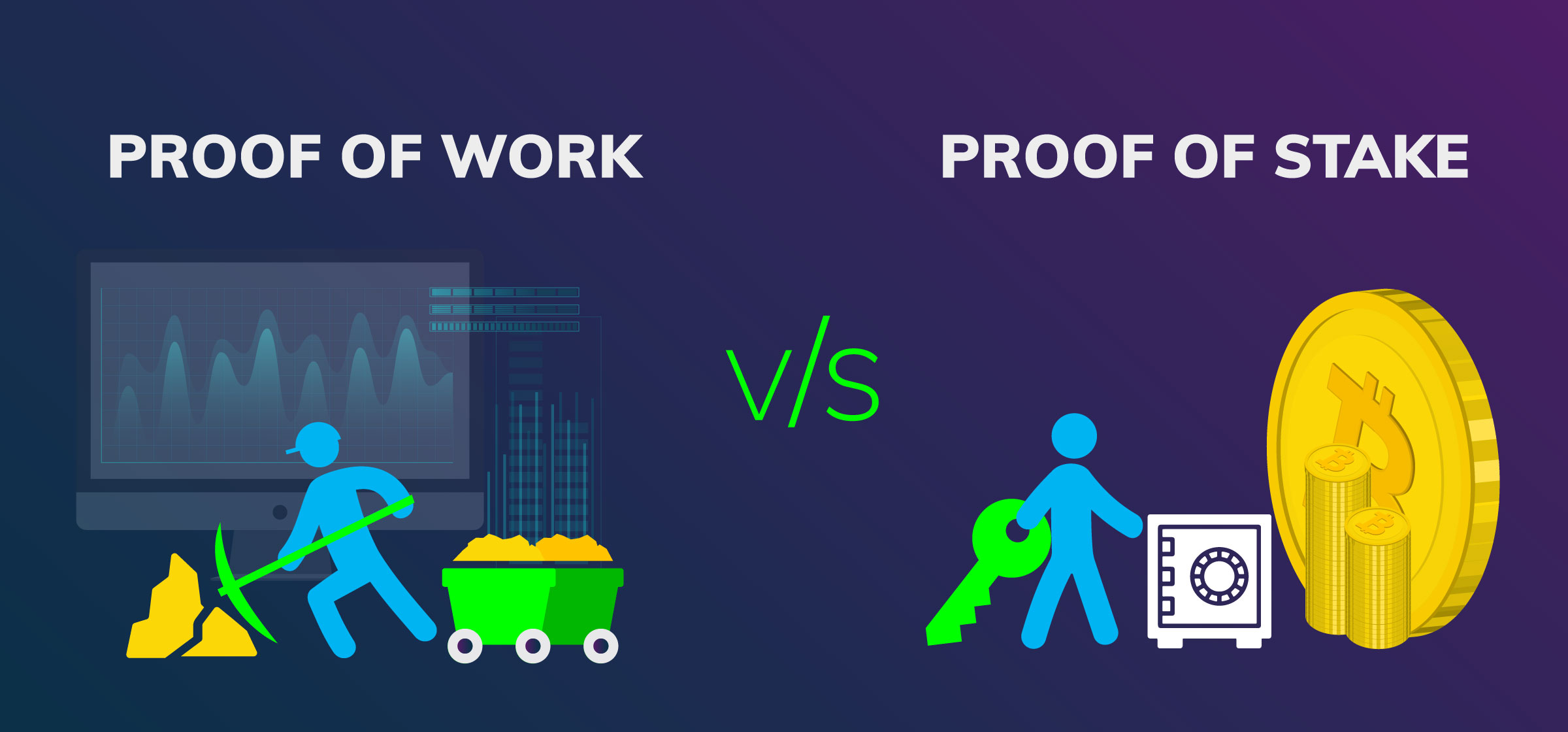Educational
July 20, 2021
Understanding Bitcoin Stock-to-Flow Model
Shubham GoyalProduct Specialist
Within a short while, Bitcoin has gained great popularity across various top search engines around the globe, thanks to its very unique attributes. It is the first digital tender that cannot be forged, duplicated, copied, or pirated. As such, it’s very popular among finance and foreign exchange experts and enthusiasts.
One interesting characteristic about this digital asset is the mathematical mechanism of its inner workings, which typically position it for a consistent rise in value. Added to that, each Bitcoin is mined from what crypto miners call a “Block”. Blocks comprise 1MB statistics of all transactions that have occurred within an allotted time frame. New blocks are generated every ten minutes, thereabout. Ever since its inception on 3rd January 2009, the Bitcoin network has been generating blocks uninterrupted.
The first Bitcoin block (Genesis Block) offered miners a reward of 50 bitcoins respectively (50 BTC). All subsequent blocks mined thereafter offered the same reward, until the 210,000th block, where the first halving happened. Halvings happen after every 210,000 blocks. This event cuts in half, the distributed reward value received by miners from that moment onwards. Hence, from block 210,000 onwards, the mining reward halved to 25 BTC. From block 420,000, it halved again to 12.5 BTC and so on.
Since a new block is generated every 10 minutes, halvings happen every 35,000 hours; approximately every 4 years. Therefore, after the 33rd halving event (132 years from the first halving), its mining value should hit precisely 0 BTC. As such, there won’t be any more Bitcoin mining. The last Bitcoin to be mined is projected around the year 2140.
What is the Stock-to-Flow Model?
The stock-to-flow (S2F or SF) model shows how many years would be required to achieve a set stock, supposing the said stock’s mining continued at its current production rate. Here, price is proportional to stock. To derive stock-to-flow, we divide the total stock by its current yearly production (flow). This way, you can determine how many years would be required to reproduce what’s available in the current stock, given the current production rate.
The stock-to-flow model is more commonly applied to natural assets like silver, gold, etc. These commodities are often referred to as “Store-of-Value resources”. This code name is duly allotted to them since they’re capable of retaining their value over the long term, thanks to their low flow and scarcity.
Sometimes, these commodities are also commonly referred to as “Hard Money”. This idea thrives because of the premise that they’re low in supply. As such, they’re more like ‘hard money’ when you compare them to the Dollar, which is easier to come around. A juxtaposition like this is quite relatable when you consider that the U.S. Federal Reserve has minted over $4,000,000,000,000 since the inception of the novel coronavirus epidemic in March 2020. What’s more? This figure also equals the same amount the U.S Central Bank indicated the total of all the dollars it had created previously (i.e. since its establishment early in the last century).
Because of Bitcoin’s strict scarce supply, proponents often tag it “digital gold”, bearing in mind that it is also costly to produce, and has a maximum supply capped at just 21,000,000 BTCs.
How is Bitcoin Stock-to-Flow Calculated?
To calculate the stock-to-flow of Bitcoin, you must divide its current global stock by its current annual production rate.
Example: Let’s assume that gold has a current production rate of 3,000 metric tons (flow), and its current stock globally is estimated around 185,000 metric tons (stock). Now, let’s implement the formula:
Stock-to-flow = Stock / flow
= 185,000 / 3,000 = ~62
From our calculations, we can see that at the current production rate, we’ll need at least 62 years to reproduce the sum of gold currently in circulation globally. The higher the stock-to-flow, the greater the scarcity.
Now, let’s try to relate this to Bitcoin. In September 2019 there were at least 18,000,000 bitcoins in circulation (stock), at a production rate of 1,800 BTCs daily, i.e. 657,000 BTCs per annum (flow). Let’s input the numbers into our stock-to-flow model:
Stock-to-flow = Stock / Flow
= 18,000,000 / 657,000 = ~27
Currently, Bitcoin has a circulating supply of 18.75 million from a 21 million maximum supply. Before 2020, the leading digital asset has one mined block containing 12.5 BTC. However, after the halving event in 2020, it reduced to 6.25 BTC per day. An average of 144 blocks is mined daily, amounting to 900 BTC in 24 hours. This rate has surged the current Bitcoin stock-to-flow ratio to about 59.6.
The next halving in 2024 should take Bitcoin’s stock-to-flow to 113. Now, remember that gold has a constant stock-to-flow of 62, and doesn’t have any halving events. As such, Bitcoin’s stock-to-flow will continue to increase and surpass that of gold with every halving event, until the last mining—whereas, Gold’s stock-to-flow of 62 is unlikely to increase.
How Does the Stock-to-Flow Model Predict Price?
Bitcoin has a notably limited supply. As such, its price can only be driven through demand. Formerly, the Bitcoin stock-to-flow model was also used to forecast future Bitcoin price actions. Following this, a known hedge fund specialized in cryptocurrencies, Pantera Capital, predicted in April 2020 that Bitcoin’s price would hit $115,000 around August 2020.
In April 2020, PlanB (pioneer of the stock-to-flow model) published a blog post that stated that Bitcoin’s price could rise to $288,000 by 2024, regarding the stock-to-flow model. Meanwhile, we must note that the stock-to-flow model relies heavily on the premise that cryptocurrency’s scarcity would always upheave Bitcoin’s value—whereas, this is not always quite the case. Bitcoin’s notoriously volatile price swings over short periods further stress the facts.
Founder of ByteTree Asset Management, Charles Morris, noted that the stock-to-flow model was developed based on two halving events. He also noted that, in some ways, halvings may cause prices to boost by roughly two times, as the selling pressure on miners continues to halve. In his final submissions, however, he highlighted that it would be a ridiculous notion to assume that future price paths will assuredly multiply beyond this. That is to say, in essence, that the stock-to-flow model isn’t a prerequisite or a benchmark for future Bitcoin price predictions.
Pros
The stock-to-flow model offers a useful tool for measuring the relationship between Bitcoin’s currently available stock and its production rate. Though the model’s more prominent application is on precious assets like Gold and the likes, its applicability on Bitcoin fosters its view as Digital Gold. Furthermore, Bitcoin possesses unique characteristics that make it an asset with the potential to retain its value over the long term. Bearing this in mind, the stock-to-flow model might be a positive step towards achieving a more comprehensive tool for Bitcoin price analysis.
Cons
The stock-to-flow model offers an interesting tool for measuring Bitcoin’s scarcity and stock estimate. However, this model doesn’t account for all the relevant factors that contribute to Bitcoin’s price and stock outcomes. As such, it is susceptible to errors.
Notably, also, models are usually as strong as their assumptions. Consequently, the stock-to-flow model relies on the assumption that scarcity (as measured using the model) would always boost Bitcoin’s value. Many detractors of the stock-to-flow model also argue that the model is doomed to fail if it cannot present any more useful pointers, other than supply scarcity.
FuturesTrade Futures & Perpetual Swaps on 25+ crypto assets, with up to 100x leverage
OptionsTrade call, put or MOVE options on BTC, ETH, BNB and LINK
Interest Rate SwapsInterest rate derivatives that enable swap of fixed-floating rates
Mock Trading PlatformLearn Crypto Derivatives trading without risking real capital
Research & AnalyticsExclusive data, charts and analytics to help you trade smarter













